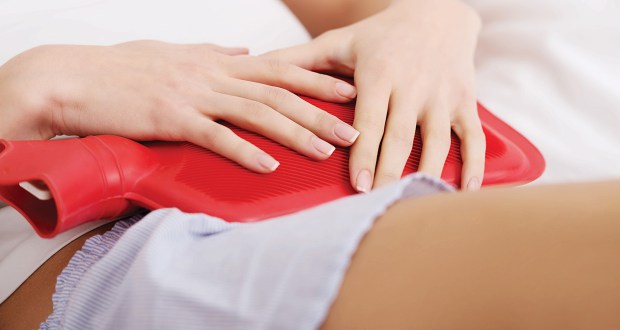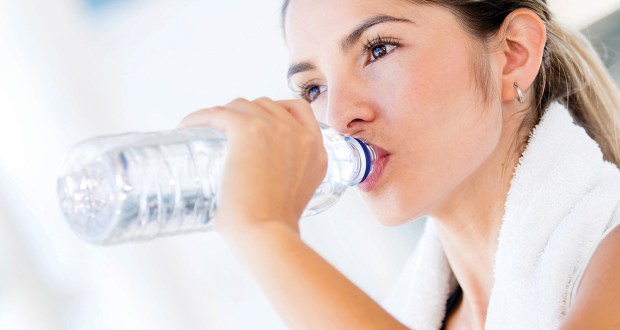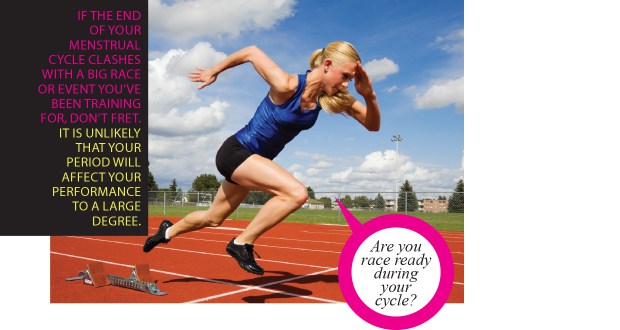
Work with your bodies natural processes to maximise your training and results.
It’s the dreaded seven days where you feel lethargic, irritable and bloated. During your period, no one would dare blame you if you skip a leg day. However, training through the different phases of your cycle can actually be beneficial. All you need to do is adapt your training plan.
Your period in a nutshell
A normal cycle usually lasts for 28 days and consists of two phases. The first half lasts for 14 days. It is known as the follicular phase. Once menstruation has ended, usually after 3-5 days, oestrogen levels begin to rise, and peak on day 14. This increase culminates in a burst. The result is a surge in luteinizing hormone on day 15. This initiates ovulation. The second half of the cycle is known as the luteal phase, which is when progesterone is the more prominent hormone.
Training through the phases
During the initial phases of your period, oestrogen makes you more insulin sensitive. This means less fat is stored, and more is metabolised.
As your body enters the luteal phase of your cycle, your body temperature rises, which boosts your metabolism. So, you’ll burn more calories during this phase than any other time. Beware of adding intense exercise to maximise weight loss though, as this might leave you feeling rundown. The higher concentration of progesterone during this phase also affects fluid balance, which initially results in a loss of water and electrolytes. So, if you’re working out in hot, humid conditions then it’s important to drink enough water and add in a few extra electrolytes.

Exercise at a low intensity
Working out, in the correct manner, can positively affect your body’s hormone levels. This can help to decrease the symptoms we feel during ‘that’ time of the month. But, exercising too intensely at the wrong time in your cycle can amplify your symptoms. The oestrogen and progesterone in your blood increases during intense training, in both the follicular and luteal phases. Low-intensity exercise, on the other hand, does not alter the concentrations of these hormones. Take advantage of the days directly after your period has ended. At this time, oestrogen levels are low and are only starting to rise. As a result, women generally feel more energetic so it’s a good time to return to those high intensity sessions. Exercise increases blood flow, and helps to relax the muscles in your lower abdomen, back, and thighs. It can also help to rid your body of excess water.
Do some yoga
Even if you usually walk passed the group training area when yoga is taking place, you may do well to attend some classes. Especially when you hear that it may help with period pain. Poses such as the cobra and the bow pose are gentle and have been known to relieve cramps because they help reduce uterine contractions. You should, however, avoid inverted poses during menstruation, as they can increase blood flow to the area. Working out regularly can also lighten and shorten your menstrual flow.
Beware of the risks
A recent study found that, during menstruation, women are 10 times more likely to get anterior cruciate ligament (ACL) injuries than men. They noted differences in the way women’s knees moved during their menstruation phase, in comparison to movement patterns during the ovulation phase, which included collapsing knees on impact, and a shift in running gait that incorporated more of the quads than the glutes and hamstrings. Researchers therefore concluded that decreased motor control during menstruation was to blame for the increase in ACL injuries.
That said, listen to your body, and do what feels right. Remember that the only ‘bad’ workout is the one you didn’t do. Even a few days break from exercise can affect your overall weight loss results. Do some light exercise – you’ll be glad you did.

